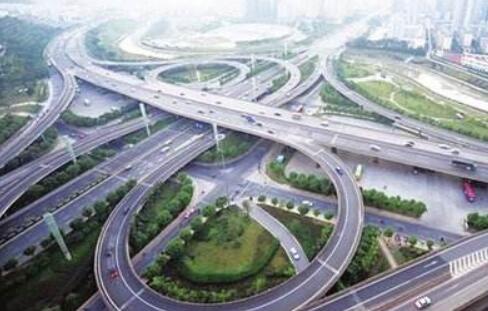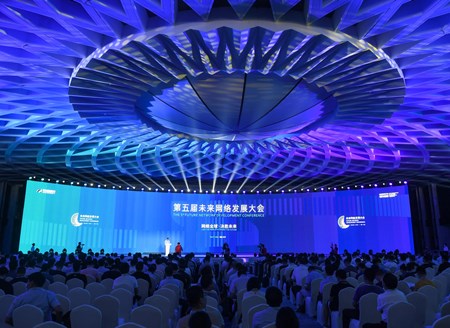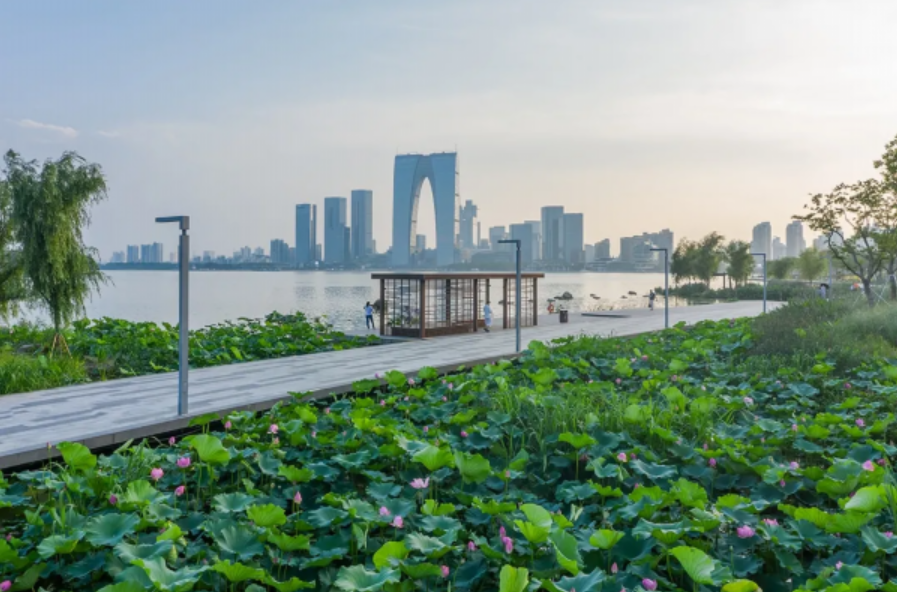The city of Nanjing has come up with a new pattern of comprehensive three-dimensional transportation system in a bid to coordinate regional development and enhance its primacy ratio.
In 1997, a Boeing 747 took off from Nanjing Lukou International Airport to head for Hong Kong, signaling a ground-breaking step in the construction of modern airport in Jiangsu.
Today, Lukou Airport has opened more than 260 domestic and international routes to come up with an international route network connecting Europe, the United States and Australia. On this basis, more than three new international routes will be launched each year.
A strong aviation hub is important in the city’s efforts to enhance its primacy ratio. The newly-renovated Lukou Airport T1 terminal will be put into operation in the first half of next year, directly connecting the inter-city railways such as Nanjing-Yangzhou, Nanjing-Ma’anshan and Nanjing-Xuancheng and Huangshan in a bid to enhance the radiation capacity of the airport. Nanjing is moving towards upgrading the aviation hub's economic development level and building an airborne international portal.
Wu Xinquan, deputy director of planning and development, Eastern Airport Group
In the future, we will also carry out
the construction of the T3 terminal in three phases
By 2030, the Lukou Airport will
handle 70 million passengers
and the cargo throughput will
reach 1.05 million tons
It will become an important hub
for the world-class airport group
in the Yangtze River Delta
and a hub for air cargo
and express mail distribution
Nanjing is also accelerating its railway construction with a pivotal role through the launch of several high-speed railways that connects Nanjing with Beijing, Shanghai, Hangzhou, Hefei and Anqing.
In the future, it will take less than one hour and a half to take a speed train ride from Nanjing to anyone of the prefectural cities in the province, one hour from Nanjing to Shanghai and Hangzhou and half a day from Nanjing to major provincial capitals across the country.
In the meantime, construction on three cable-stayed bridges across the Yangtze River is nearing completion. Nanjing is now operating 11 Yangtze River bridges or tunnels with four more to be built in the next five-year plan period.
Zhang Dengjing, deputy director of Nanjing municipal public engineering center
With traffic volume rising at an annual rate
of 8 percentage points
Nanjing will built a new bridge
across the Yangtze in every three years
to cope with the demand
Nanjing is also stepping up the construction of the water navigation channels in the Yangtze River with its 12.5-meter-deep shipping lane starting operation on May 20 this year, allowing 50000-tonnage vessels to sail directly into the Nanjing Port.
Di Feng, deputy CEO of Nanjing Port Authority
We will promote the integrated development
of Nanjing, Zhenjiang and Yangzhou
with Nanjing serving as the spearhead
so as to provide services for
the upper and middle reaches of the Yangtze
and the regional economic development in Jiangsu






